Life at the Extremes with Slider
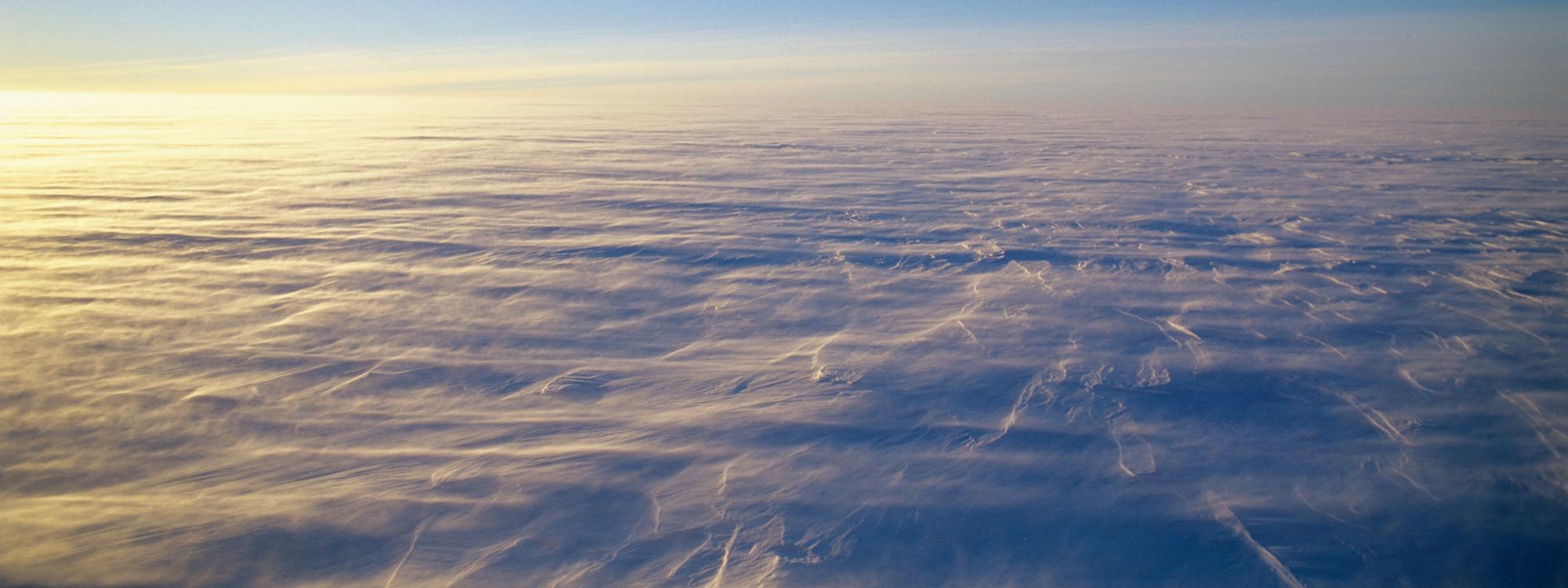
Most of Antarctica has nothing living in it. Not algae, not bacteria, nothing. Of all Earth’s continents, it’s the coldest, driest, highest, and windiest.
Coats Land Antarctic Plateau (David Tipling).
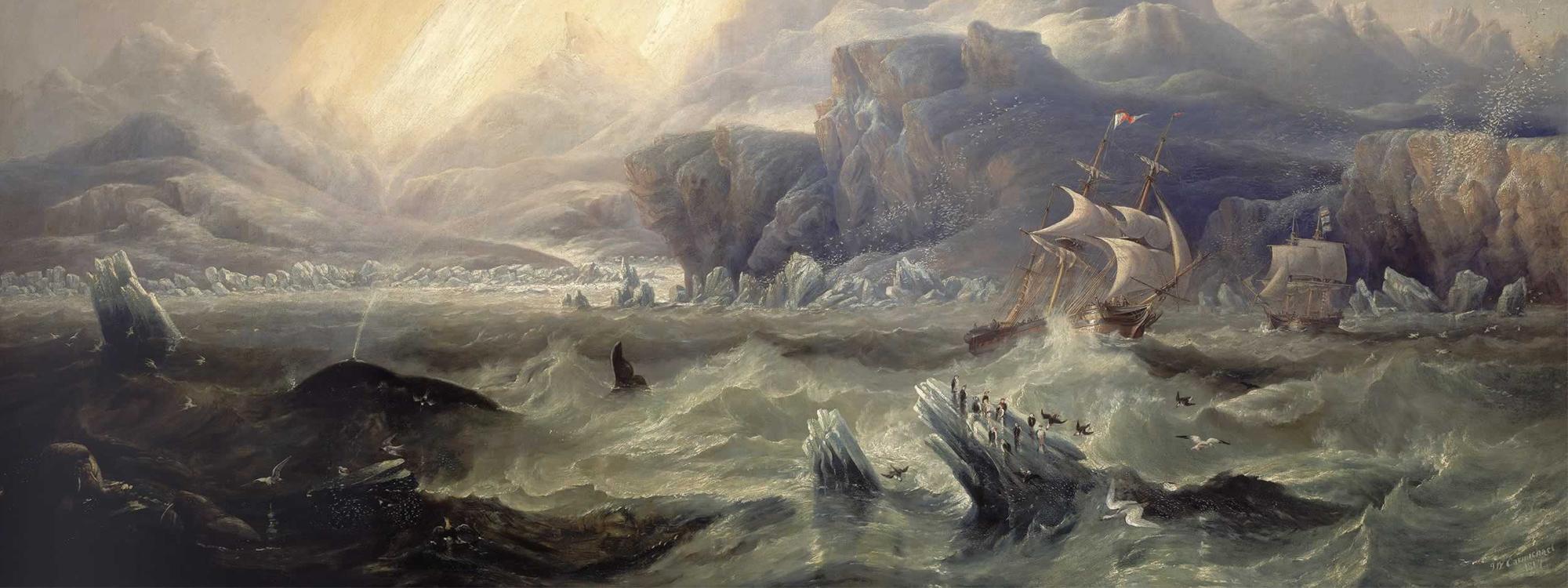
Human beings didn’t lay eyes on Antarctica until 1820. Then it took another ninety years for someone to reach the South Pole.
‘Erebus’ and ‘Terror’ in the Antarctic depiction of Ross expedition (John Wilson Carmichael, 1847).
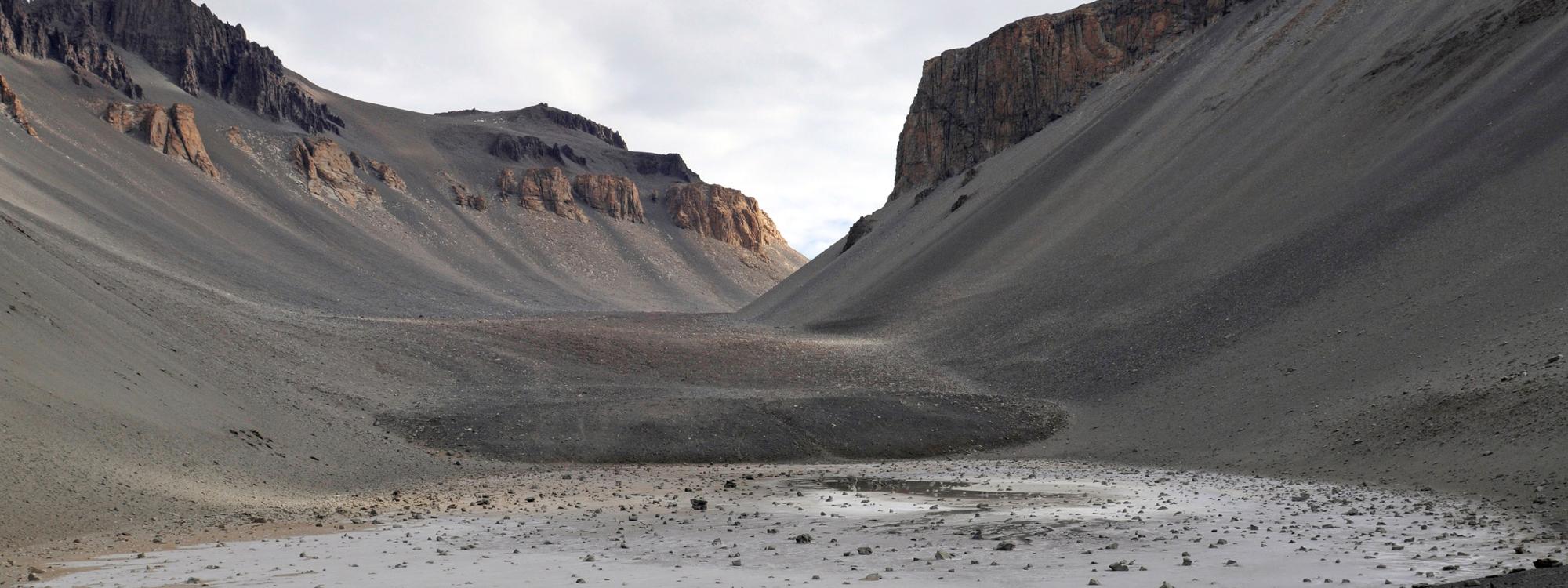
Only 2% of Antarctica is not covered in ice. These are the only inland places where anything lives—and there are some crazy things happening there!
Don Juan Pond in the McMurdo Dry Valleys (Colin Harris / Era Images).
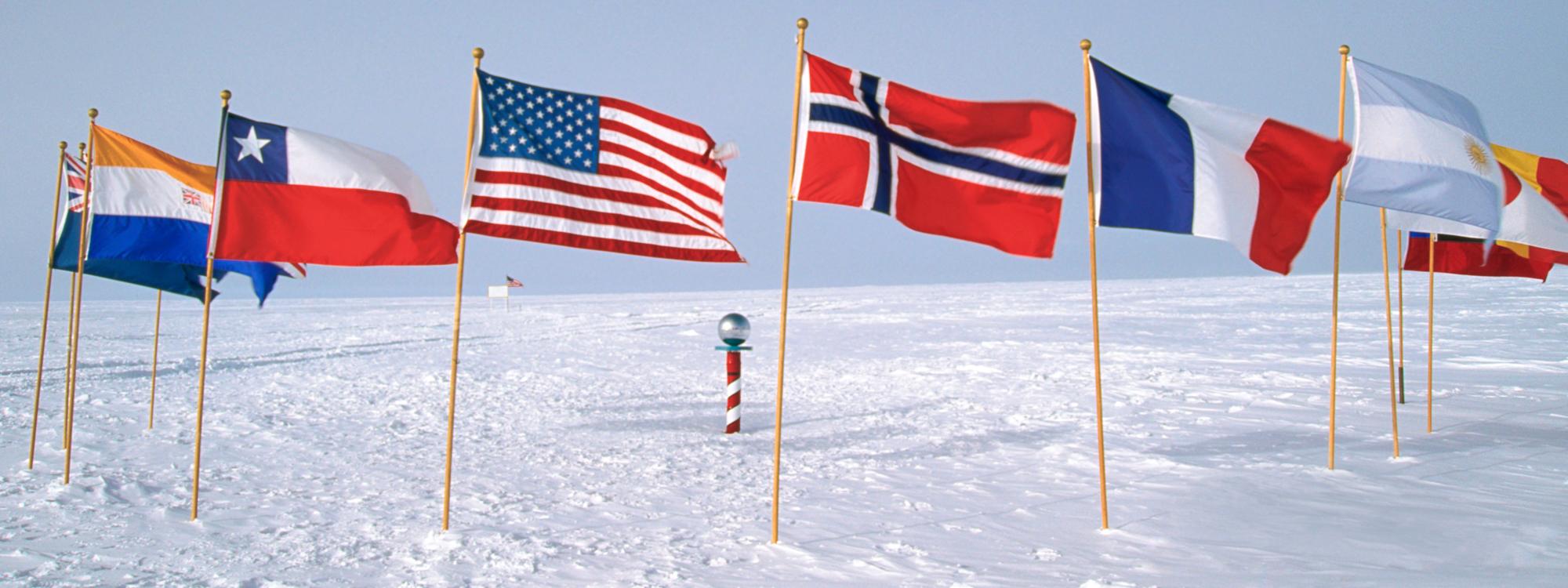
54 nations have agreed to share the continent peacefully. No military activity, only science and tourism.
Flags of the Antarctic Treaty nations around the ceremonial South Pole (Galen Rowell / Mountain Light).
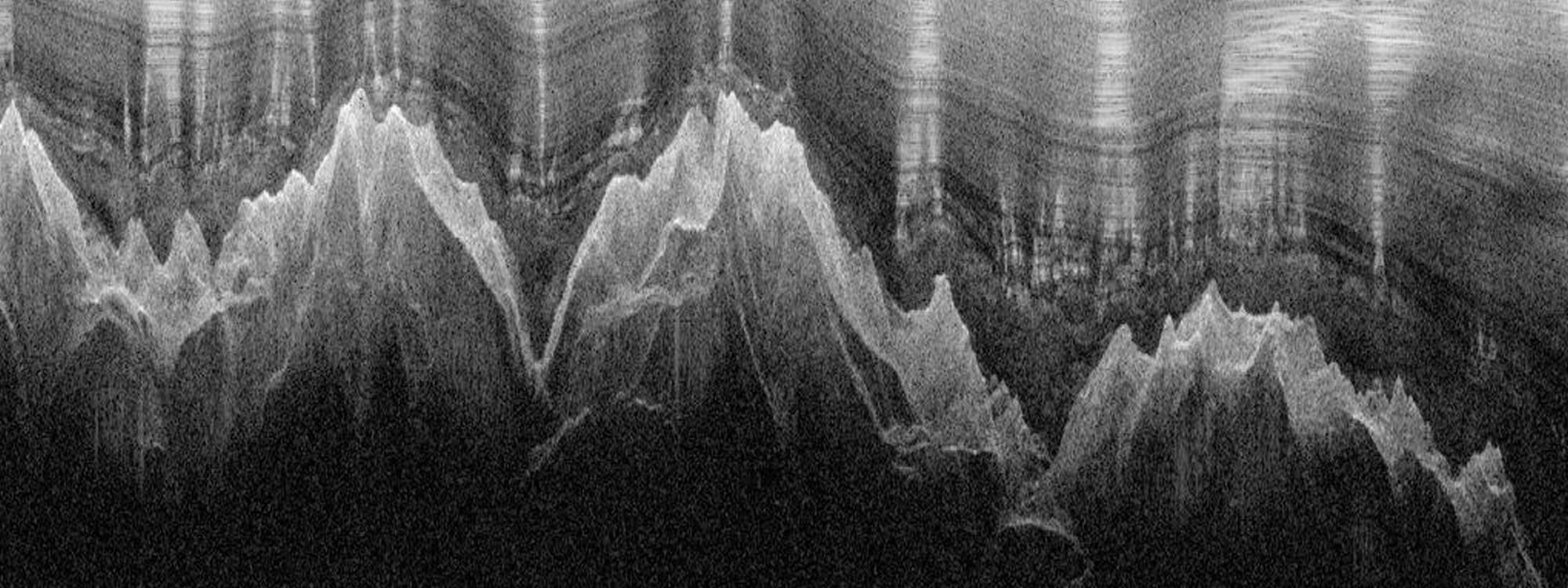
There’s an entire mountain range buried under ice. It’s about 750 miles long and the highest peaks rise nearly 15,000 above sea level, but the ice sheet completely covers it.
GPR image of the Gamburtsev Mountains buried deep under the East Antarctic Ice Sheet (Lamont-Doherty / USAP).
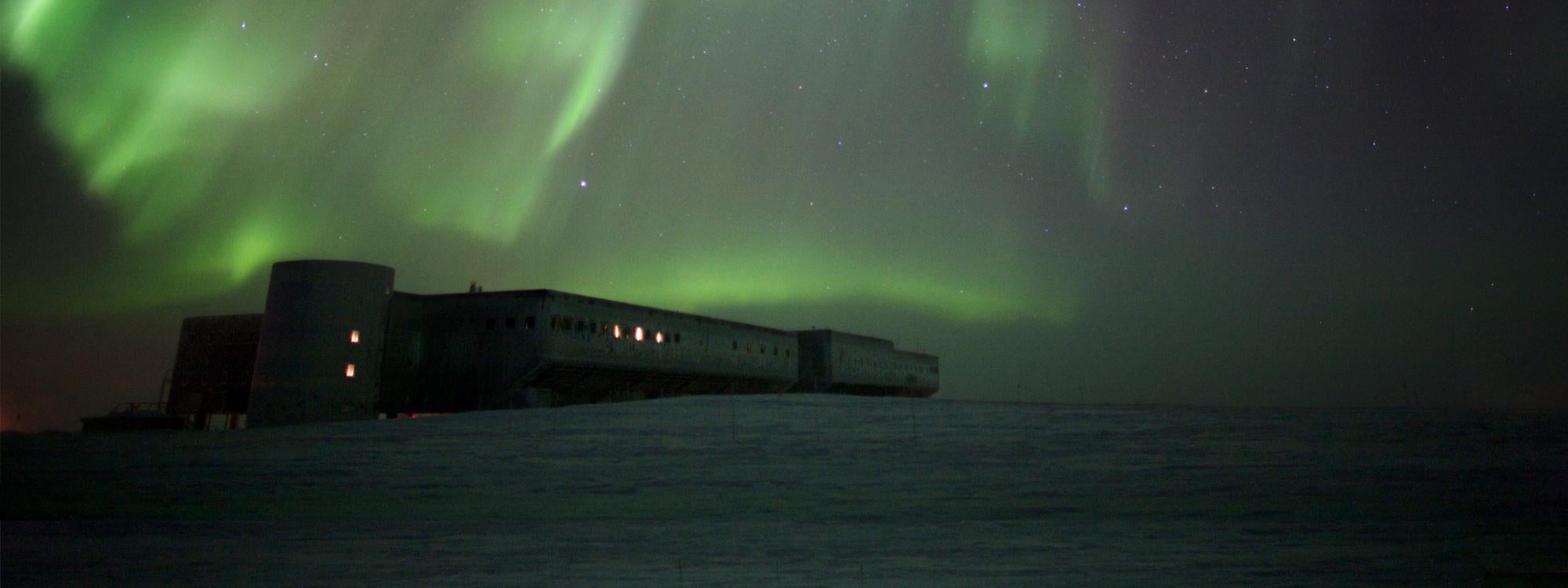
Months go by without a sunrise or sunset. The South Pole has six straight months of daylight or darkness.
Southern lights (Aurora australis) over Amundsen-Scott South Pole Station (Patrick Cullis / USAP).
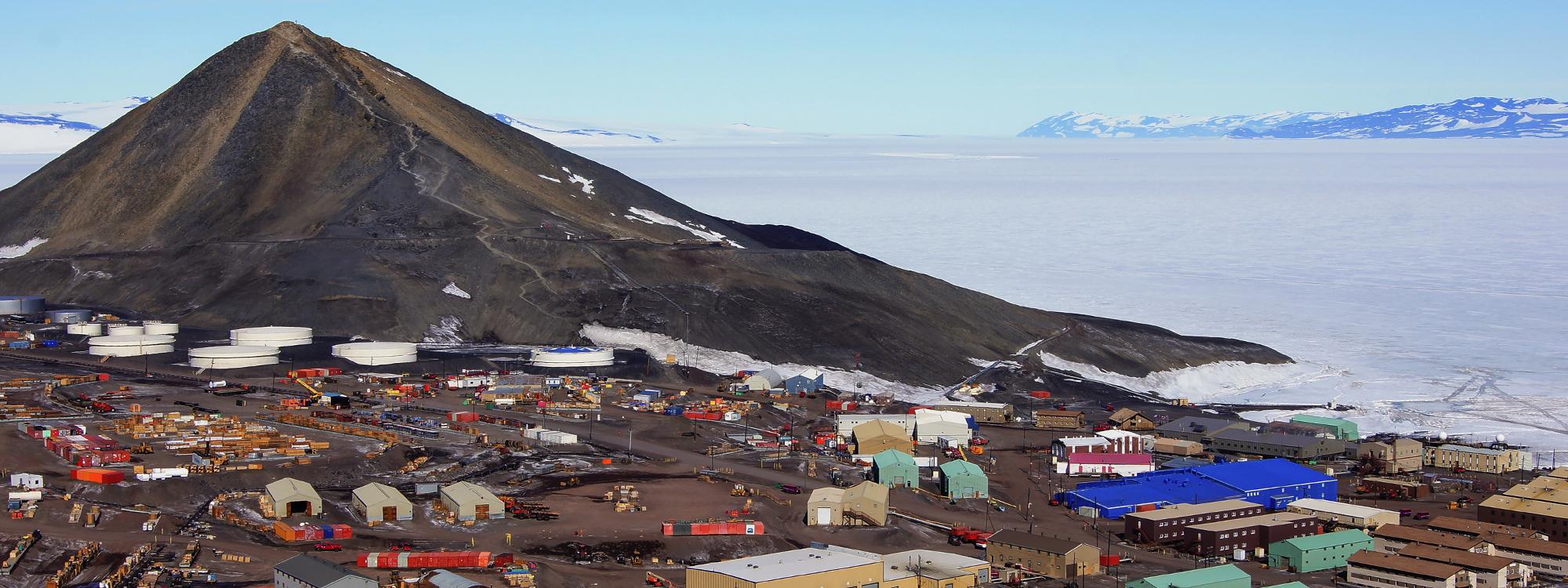
There is no permanent human population on the continent. Our species only visits there. About 4,000 people stay there during summer; that number falls to 1,000 during winter.
McMurdo Station, the main U.S. research station in Antarctica, located in the Dry Valleys (Elaine Hood / USAP)
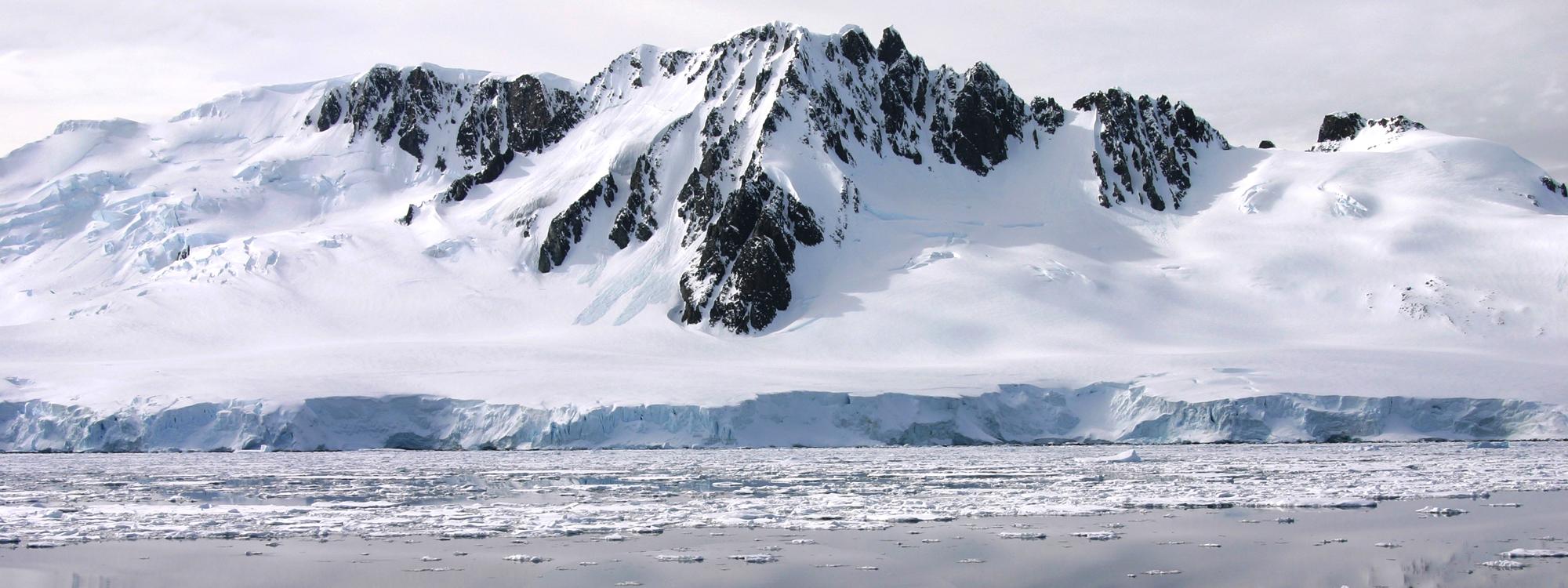
70% of our planet’s freshwater sits frozen on top of this continent.
Antarctic Peninsula seen from the Gerlache Strait (Zee Evans / USAP).

